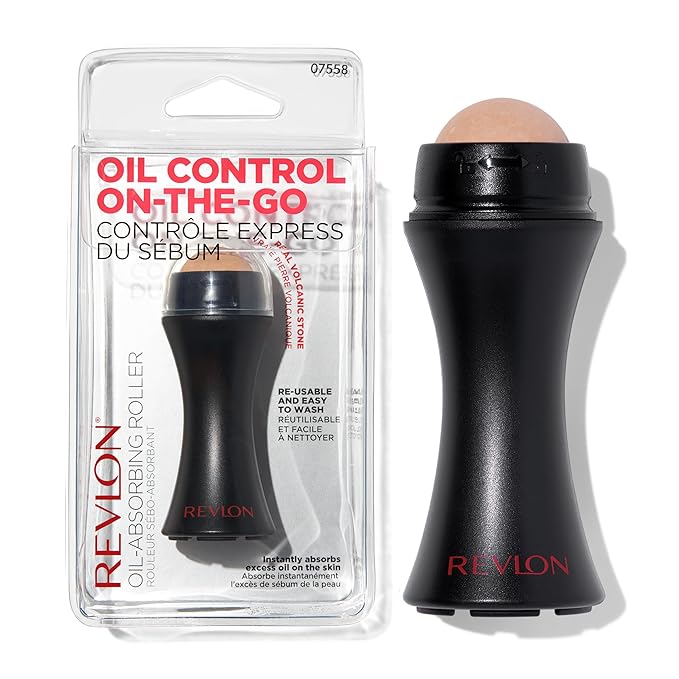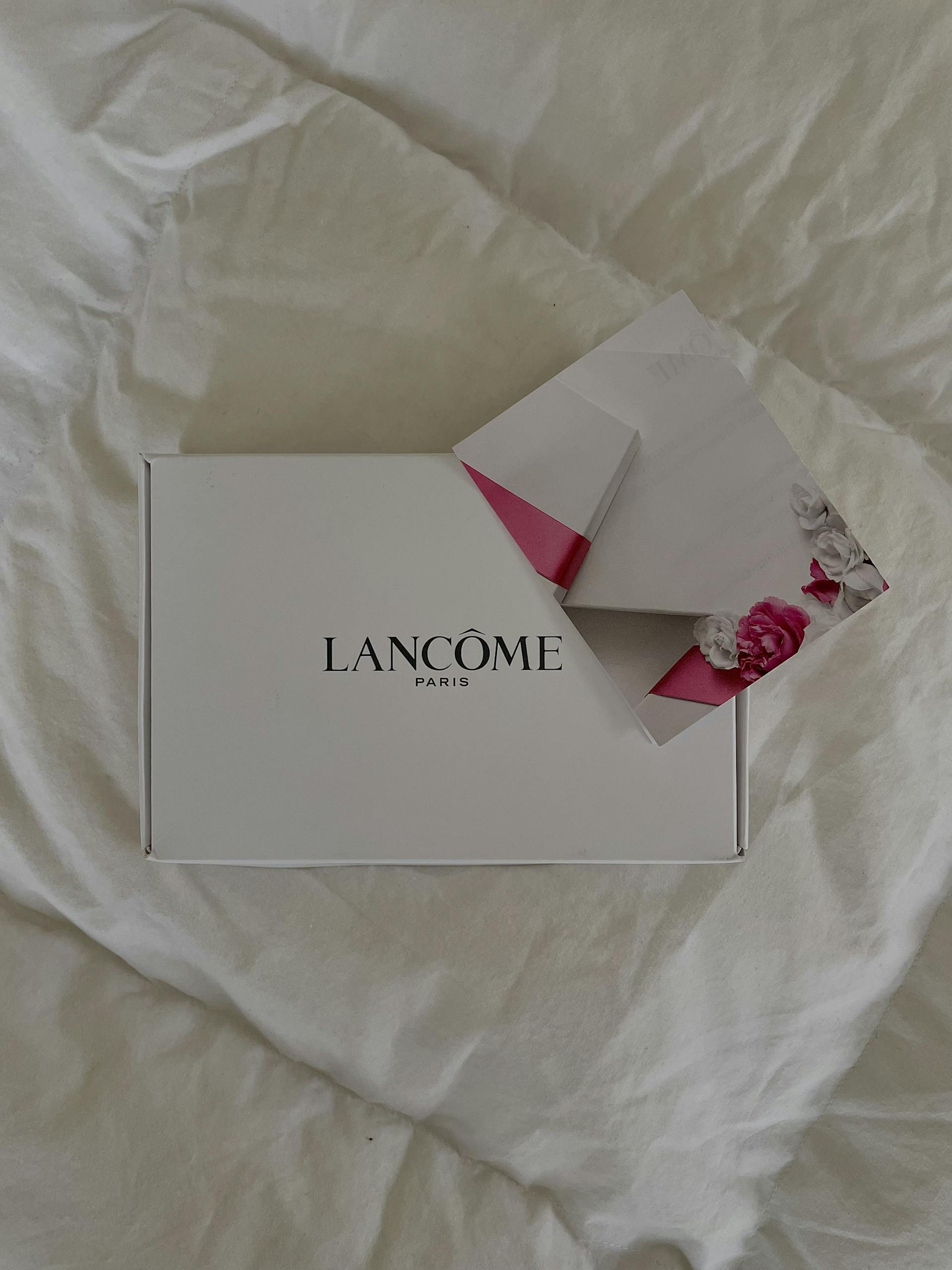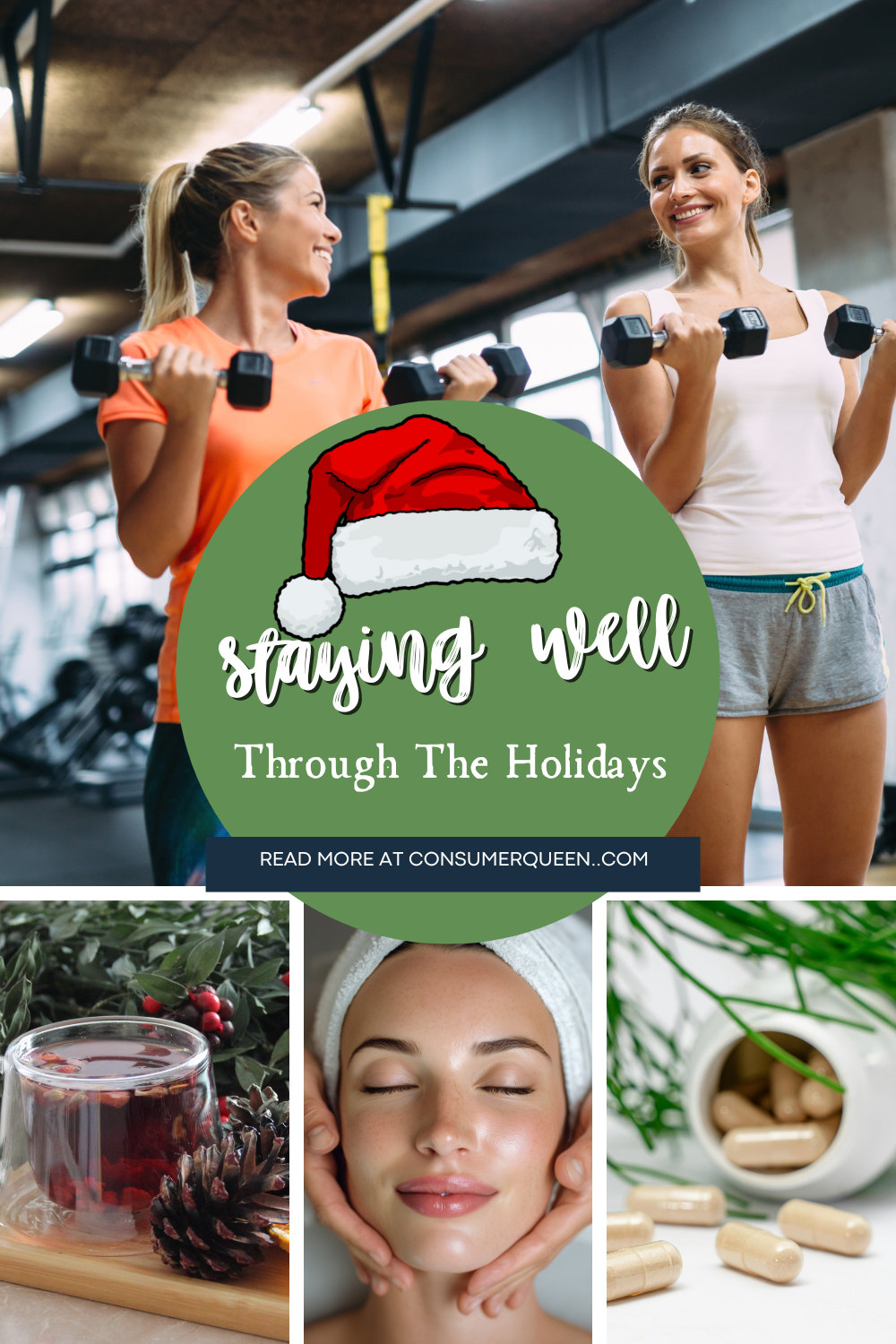Maintaining Natural Hair: Tips for Healthier, Chemical-Free Styling
Maintaining natural hair care is not just a fad but a lifestyle-driven practice involving healthier, chemical-free styling and acceptance of and love for one's hair in its natural state. Due to the increasingly documented dangers of harsh chemical products, such as relaxers, individuals are slowly moving toward caring for their hair in ways that promote growth while minimizing breakage or any form of damage, generally focusing on hair health.
In this article, you'll learn some basic ways to care for your natural hair, from understanding your hair type to incorporating protective styles, natural ingredients, and good moisturizing techniques into your regimen. Try my soothing dry scalp shampoo recipe.

The Rise of Natural Hair Care
Chemical treatments have long been sold as the secret to “manageable” or “professional” hair. However, their long-term effects, including scalp damage, breakage, and health concerns, have made many second-guess their hair treatment decisions.
Going natural speaks to empowerment-science said it's accepting the texture with which you were born, not altering or harming yourself to achieve some standard of beauty. And it's also about choices being more eco-friendly and informed. For instance, some hair styling products can cause cancer; lawsuits against relaxers brought such risks to public attention.
Choosing and maintaining natural hair care means the protection of your health and the celebration of its uniqueness without compromise.
Identifying Your Hair Type
The secret behind maintaining natural hair lies in knowing what it needs. Knowing your hair type will determine what products and techniques work for you. Tailoring your routine will help you avoid unnecessary damage and maintain healthier, livelier hair. Identify your hair by:
- Texture: Is your hair fine, medium, or coarse? Fine hair needs many lightweight products, while coarse hair loves heavier moisturizers.
- Porosity refers to your hair's ability to take moisture into its shaft. Low-porosity hair does not allow water to penetrate. In contrast, high-porosity hair takes and loses moisture at a super-fast pace.
- Curl Pattern: Hair is classified by type or class, from 1 to 4, each with subcategories A to C. Once you understand your curl pattern, it will make it easier to determine the type of style and products that suit your hair.
Moisturizing: The Lifeline for Maintaining Natural Hair
Natural hair needs moisture, especially curly and coily, due to the tendency of those textures to become very dry. Hair is brittle and can easily break when it does not have proper hydration.
Moisture-Rich Practices
- Follow the LOC Method:
- Apply a liquid (water or leave-in conditioner).
- Seal with an oil.
- Finish with a cream to lock in hydration.
- Deep Condition Weekly: Deep conditioners penetrate the hair shaft and help your hair restore moisture and elasticity.
- Natural oils include argan, jojoba, and castor, which provide essential nourishment while helping seal moisture.
These good habits will keep your hair well-hydrated, soft, and healthy.

Protective Styling: Less Manipulation, More Growth
Protective styles are a game-changer for those with natural hair. These styles reduce manipulation and protect the ends, which encourages hair growth.
Best Protective Styles:
- Braids and twists are adaptable, long-lasting hairstyles that protect your hair from environmental influences.
- Buns and Updos: Easy to create and maintain, the former keeps your ends tucked away.
- Wigs and Weaves: They give rest to your hair from roots to ends, enabling it to grow well when installed correctly.
While protective styles are reasonable, you must avoid tension-promoting traction alopecia or hair loss.

Heatless Styling: Preserves Hair Health
Using too many heat tools, such as flat irons and blow dryers, will only weaken your hair over time, leading to split ends and breakage. It is safer that your styling, when done, is heat-free, allowing the hair to release its beauty more naturally.
Possible Heat-Free Methods:
- Twist-Outs and Braid-Outs: Perfect for any curl and wave definition.
- Flexi Rods and Curlformers: how to achieve bouncy, heat-free curls.
- Bantu Knots: Achieve voluminous, statement hairstyles while you sleep.

These methods help protect your hair and leave room for creativity in styling.
Natural Ingredients for Nourishment
While natural products offer nourishment and care, chemical relaxers have been associated with potential long-term risks. Recent reports of lawsuits against hair relaxer manufacturers have highlighted these concerns. Issues like scalp damage, hair breakage, and even health risks are becoming more evident. Natural ingredients will provide the nutrients your hair requires without harmful side effects.
Key Ingredients Included:
- Coconut Oil: It is deep-penetrating; it reduces protein loss, strengthening the hair.
- Shea Butter: This unusually rich emollient is adequate for efficient hydration by protecting the skin from dryness.
- Aloe vera: Soothes the scalp, stimulates hair growth, and deeply nourishes in a lightweight way.

The benefits of natural products go beyond a positive impact on hair health; they also contribute to sustainable and eco-friendly beauty care.
Trims and Scalp Care to Maintain Natural Hair
It all starts at the scalp. A clean and nourished scalp offers a much stronger foundation for hair growth. Regular trims prevent split ends from migrating further up the hair shaft.
Maintenance Tips:
- Smoothen Regularly: One must use sulfate-free shampoos to smoothen away buildup without stripping natural oils.
- Exfoliate Your Scalp: Light exfoliation removes dead skin and arouses the hair follicle.
- Self-Massage with Oils: Castor or tea tree oil possesses nutty properties that can benefit the scalp while increasing blood flow.
- Consistent trims every 6–8 weeks will help your hair stay healthy and fresh.
Support and Resources: Creating Community
Working with and maintaining natural hair is much easier when it's a shared experience. Naturally, you can reference a wealth of resources within the natural hair community to help guide and inspire you.
Where to Find Support
People supporting you can make the journey much more enjoyable and less overwhelming. You can find people in:
- Online Communities: Instagram, YouTube, and Facebook have different groups that form the basis for sharing tips and tutorials.
- Salons Specializing in Natural Hair: Know who knows the specific textured hair needs.
- Education, Blogs, and Books: From product reviews to styling guides, options for avid learning exist.

Conclusion
Celebrating your natural hair and maintaining it is more than a personal choice-it's a statement of confidence and self-love. It means taking care in a non-aggressive, chemical-free manner to invest in your hair's long-term health and beauty. So, it is time to say goodbye to those harmful treatments and hello to a regime that embraces your natural texture. Caring for natural hair becomes a genuinely enriching and empowering experience with the proper knowledge, tools, and support. Be proud of your journey and make others proud, too, as your hair is beautiful just the way it is.






